
All categories
Featured selections
Trade Assurance
Buyer Central
Help Center
Get the app
Become a supplier

(1165 products available)
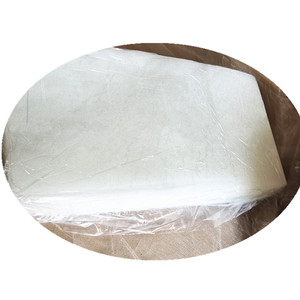

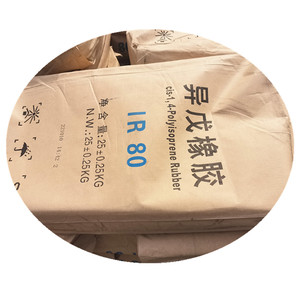
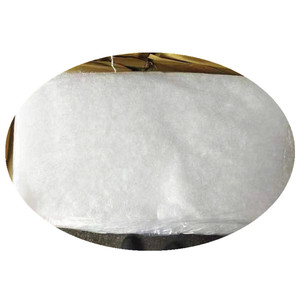
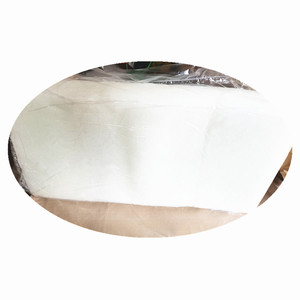
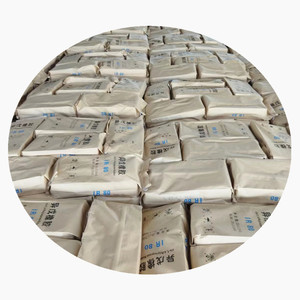
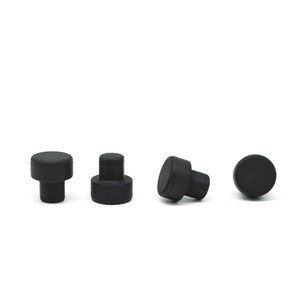
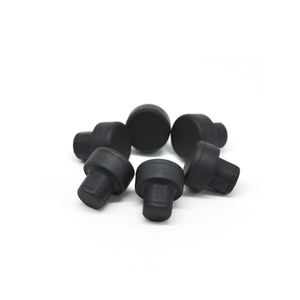
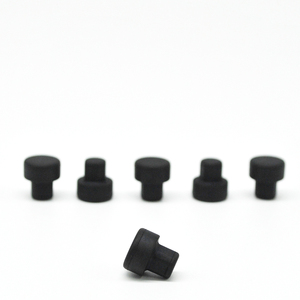
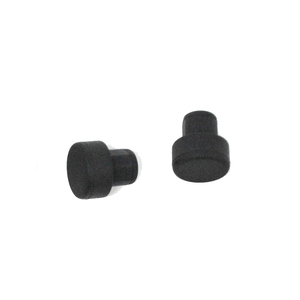

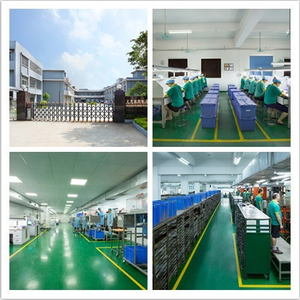


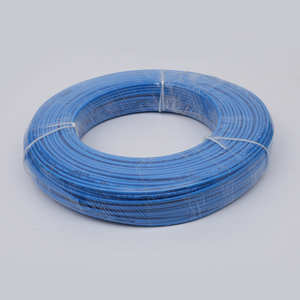

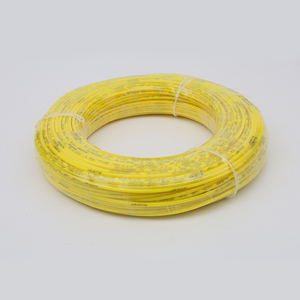
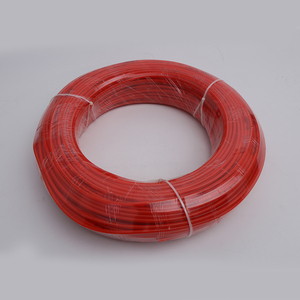















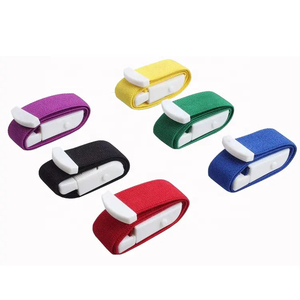

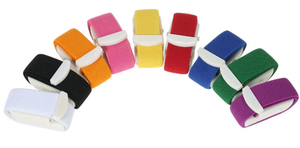
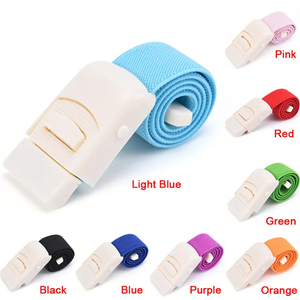
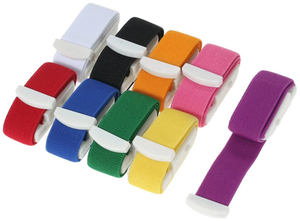
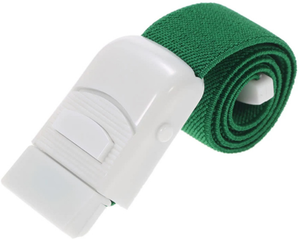
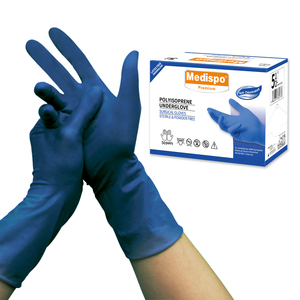
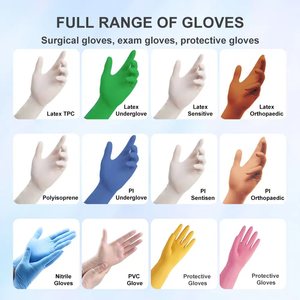
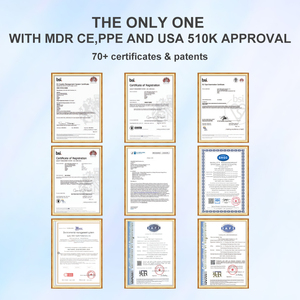

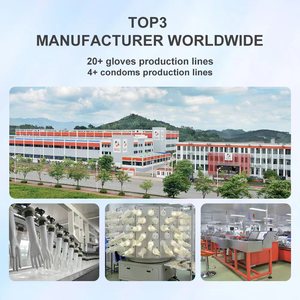

The realm of rubber and plastics is vast and diverse, encompassing a wide range of materials and applications. Within this sphere, polyisoprene hold a unique position due to their versatile properties and wide applicability. These materials, often considered pivotal in various industrial processes, are characterized by their elasticity, durability, and resilience. polyisoprene are utilized in numerous sectors, from automotive and construction to healthcare and consumer goods, providing essential solutions that enhance product performance and longevity. As technology advances, the development and innovation in polyisoprene continue to evolve, offering even more efficient and sustainable options for industries worldwide.
Understanding the different types of polyisoprene is crucial for selecting the right material for specific applications. These materials can be broadly categorized based on their chemical composition and physical properties. Natural rubber, for instance, is derived from the latex of rubber trees and is known for its excellent tensile strength and elasticity, making it ideal for products like tires and seals. On the other hand, synthetic rubbers, such as styrene-butadiene rubber (SBR) and ethylene propylene diene monomer (EPDM), offer enhanced resistance to heat, chemicals, and weathering, making them suitable for automotive and industrial applications. Each type of polyisoprene is engineered to meet specific performance criteria, ensuring optimal functionality in its intended use.
The functions and features of polyisoprene are diverse, contributing significantly to their widespread use across industries. These materials are prized for their flexibility and resilience, allowing them to absorb shocks and vibrations effectively, which is crucial in automotive and machinery applications. Additionally, polyisoprene provide excellent insulation properties, making them indispensable in electrical and electronic components. Their resistance to abrasion and wear extends the lifespan of products subjected to harsh conditions. Moreover, the impermeability of polyisoprene to gases and liquids makes them ideal for sealing applications, preventing leaks and maintaining system integrity. The ability to customize these materials with additives further enhances their performance, ensuring they meet the specific demands of various industries.
The composition of polyisoprene is a critical factor influencing their properties and performance. Natural rubber primarily consists of polyisoprene, a polymer that imparts its characteristic elasticity and strength. In contrast, synthetic rubbers are made from a variety of monomers, each offering distinct properties. For instance, SBR is composed of styrene and butadiene, providing a balance of toughness and flexibility. EPDM, another synthetic rubber, includes ethylene, propylene, and diene, offering superior resistance to environmental factors. Additives such as antioxidants, fillers, and plasticizers are incorporated into polyisoprene to enhance their durability, processability, and performance. The careful selection and combination of these ingredients allow manufacturers to tailor polyisoprene to specific applications, ensuring they meet industry standards and requirements.
Effectively utilizing polyisoprene requires a comprehensive understanding of their properties and appropriate handling techniques. It is essential to select the right type of material based on the application's specific needs, such as temperature resistance, flexibility, or chemical compatibility. When processing polyisoprene , maintaining optimal conditions, including temperature and pressure, is crucial to achieving desired results. Proper storage is also vital to preserve the material's integrity, protecting it from exposure to UV light, heat, and moisture, which can degrade its properties over time. Additionally, incorporating recycling and sustainability practices in the use of polyisoprene can minimize environmental impact and enhance resource efficiency. By understanding these factors, industries can maximize the benefits of polyisoprene in their operations.
Selecting the appropriate polyisoprene involves a careful assessment of the specific requirements of the application. One of the critical factors to consider is the material's resistance to environmental conditions, such as temperature fluctuations, UV exposure, and chemical interactions. For instance, if the application involves exposure to harsh weather conditions, choosing materials like EPDM, known for their excellent weather resistance, would be ideal. It's also essential to evaluate the mechanical properties, such as tensile strength and elasticity, to ensure the material can withstand the operational demands.
Another important aspect in choosing polyisoprene is the compatibility with other materials. In many industrial applications, rubber is used alongside metals, plastics, or other composites. Ensuring that the selected rubber material does not react adversely with these components is crucial for maintaining the integrity of the product. Additionally, the ease of processing and fabrication should be considered, as some rubbers may require specific equipment or conditions for molding and shaping. Understanding these factors will help in making informed decisions and optimizing the performance of the end product.
When selecting polyisoprene for automotive applications, it is important to consider factors like heat resistance, durability, and compatibility with lubricants and fuels. Materials that can withstand high temperatures and have good abrasion resistance are typically preferred. Additionally, ensuring that the rubber does not degrade when exposed to oils and chemicals is crucial for maintaining vehicle performance.
Environmental factors such as temperature extremes, UV exposure, and humidity can significantly impact the performance of polyisoprene . Materials that are specifically designed to resist these conditions, like EPDM for UV resistance or silicone rubber for high-temperature applications, should be considered to ensure longevity and functionality in the intended environment.
Yes, polyisoprene can be customized to meet specific industrial requirements. By altering the composition and incorporating various additives, manufacturers can tailor the properties of the rubber, such as flexibility, hardness, and resistance to chemicals. Customization allows for the creation of materials that precisely match the demands of the application, enhancing efficiency and performance.
Recycling polyisoprene presents several challenges, including the difficulty in separating rubber from other materials and the degradation of properties during the recycling process. The presence of additives and fillers can also complicate recycling efforts. However, advancements in technology are continually improving the feasibility of recycling rubber, making it an increasingly viable option.
The processing method can significantly influence the properties of polyisoprene . Techniques such as vulcanization, molding, and extrusion determine the final characteristics of the rubber, including its elasticity, strength, and resistance to wear. Selecting the appropriate processing method is crucial to achieving the desired performance attributes in the finished product.